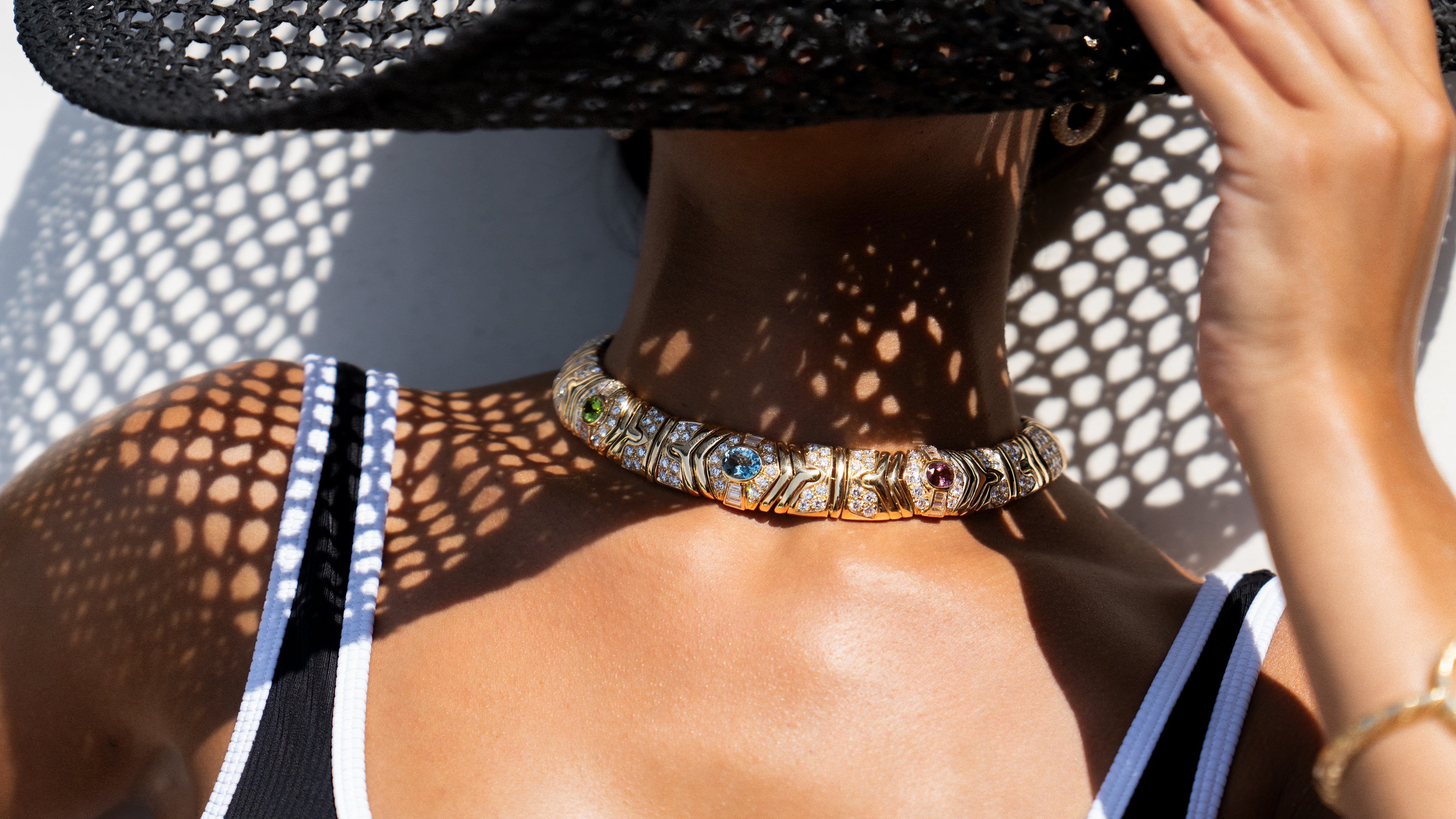Henri Picq
Some of the most breathtaking jewels of the early 20th Century are attributable to a Parisian jeweler with a name few will recognize.
The Turn of the Century
As the 19th Century came to an end, the City of Light was enjoying a surge in the number of jewelry maisons. Many would become household names over the ensuing decades. Others, like Henri Picq, would enjoy success mainly behind the scenes as a supplier to Cartier and other famous Parisian jewelers.
Picq opened his jewelry-manufacturing workshop in Paris in 1888. He registered his maker’s mark that year, giving his address as 25 rue des Lehises Saint-Mont. He quickly gained a reputation as a producer of jewels of the highest craftsmanship, a talent that gained Picq recognition from some of the City’s most prestigious haute joailliers.
A New Partnership
The most prominent of these was Cartier, whose working relationship with Picq began in 1900. In the years to come, Picq would work almost exclusively for Cartier, creating some of the Maison’s most stunning, intricate and elaborate jewelry pieces. Cartier, well known for the beauty of their platinum, owed much of its success to Picq and his workshop. Picq was a master of platinum jewels, and he was especially proud of the pieces he created for Cartier.
Platinum, the Emerging Metal of Choice
Before the turn of the 20th Century, platinum was limited to use by the industrial sector. New supply deposits and improvements in technology were game-changers, and platinum became the metal of choice for diamond jewelry. Platinum’s strength, for example, meant that jewelry no longer required heavy settings to support multi-gemstone pieces. This gave a lighter look to the overall setting and made the mounting nearly invisible, as the stones could be held together without gaps.
As well as its strength, platinum has long been prized for its luster, ability to resist tarnish, and ability to reflect the beauty of the diamonds it holds. Additionally, platinum doesn’t wear away over time, making it ideal for use in wedding bands and other heirloom pieces.
Platinum was not the only metal that Picq and Cartier used to create the breathtaking jewels of the era. Other materials included such unlikely metals as blackened steel, which was fashioned into a collection of tiaras decorated with diamonds and rubies, produced from 1912 to 1915. Cartier was fortunate to possess the Grand Duchess Vladimir’s exquisite pearl and diamond kokoshnik tiara. The piece inspired a trio of new tiaras, the first created in 1911 by Picq. The motif was based on a series of linked circles, each suspending one of 11 graduated teardrop diamonds.
Bespoke commissions from some of Cartier’s most esteemed clientele were assigned to Picq. The noted jeweler was tasked with setting the four finest diamonds, totaling 70 carats, which were owned by the diamond mine owner S.B. Joel. The diamonds were fashioned into a gorgeous devant de corsage in 1912. The piece was a gift for the love of Joel’s life.
As well as tiaras, Picq created rings, necklaces, bracelets, brooches and stomachers.
Picq remained Cartier’s primary supplier of gem-set pieces until 1918. After that time, while Picq continued to work with the Maison, he also supplied pieces for other jewelers, including Ostertag and Lacloche.
Some of the most distinctive of Picq’s pieces were his Tutti Frutti jewels (also known as Fruit Salad). First created during the 1920s in the Art Deco style, these eye-catching jewels featured bunches of colorful, carefully carved precious ruby, sapphire and emerald gemstones arranged to delight and beguile.
Other Notables
At the height of the Art Deco period, Picq created some of his most notable designs. The workshop used a beautiful pink spinel from the Hope gemstone collection, as well as the stunning 478.68-carat sapphire purchased by King Ferdinand of Romania for his consort, Queen Marie. While Picq did much to boost the reputation of the houses for which he supplied his pieces, he also created jewelry that carried his own unique mark: the initials “H” and “P” flanking the ace of spades. (The name “Picq” is a homonym for “pique” or “spade.”)
Whether he created pieces for others or under his own name, the jewelry Picq produced was assured to possess the same high-quality materials and expert craftsmanship, created with the strict quality standards employed by his fellow Parisian artisans.
Exposition Internationale des Art Décoratifs
Held in Paris in 1925, the Exposition featured the nation’s most exceptional. And France, convinced of its superiority in the arts, was determined to prove it. As one of the country’s foremost jewelers, Cartier was selected to participate as an exhibitor and a judge. The Maison did its country proud. Henri Picq produced his share of pieces for the Exposition, including a Mughal-inspired bracelet in the Tutti Frutti style. The bracelet employed carved emeralds, rubies and sapphires that branched out from a diamond Tree of Life.
